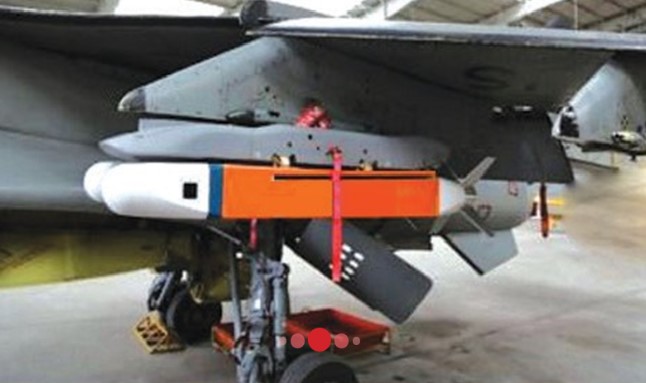SOURCE: AFI

The war in Ukraine has cast a spotlight on the growing importance of glide bombs, a cost-effective and highly destructive weapon. While the conflict unfolds thousands of kilometers away, it holds valuable lessons for India, a nation that has actively developed and deployed its own glide bomb arsenal.
India boasts two indigenous glide bomb options: the DRDO SAAW and the Gaurav-Gautham series. The SAAW, designed to neutralize airfields and fortified structures, boasts a 100 km range. The Gaurav and Gautham offer varying weight and range capabilities, with Gautham reaching a staggering 550 km with potential for further extension. Additionally, India utilizes the Israeli Spice series and French Hammer glide bombs, proven effective during the Balakot airstrike.
DRDO SAAW: This indigenously developed glide bomb boasts a 100 km range and is designed to take out heavily fortified targets like runways, bunkers, and aircraft hangars.
Gaurav and Gautam: These glide bombs offer varying ranges – Gaurav with a 1000 kg payload and 100 km range, and Gautam with a lighter 550 kg payload but a shorter 30 km range. While Gautam currently utilizes steerable fins, a range extension kit is in development.
Spice Series and Hammer Bombs: India also utilizes glide bombs of foreign origin, including the Israeli Spice series deployed during the Balakot airstrike and the French Hammer bombs.
Russia’s extensive use of glide bombs in Ukraine highlights their strategic advantages. These weapons allow aircraft to launch attacks from a safe distance, minimizing exposure to enemy air defenses. Their affordability allows for sustained offensives, a key factor in the ongoing conflict.